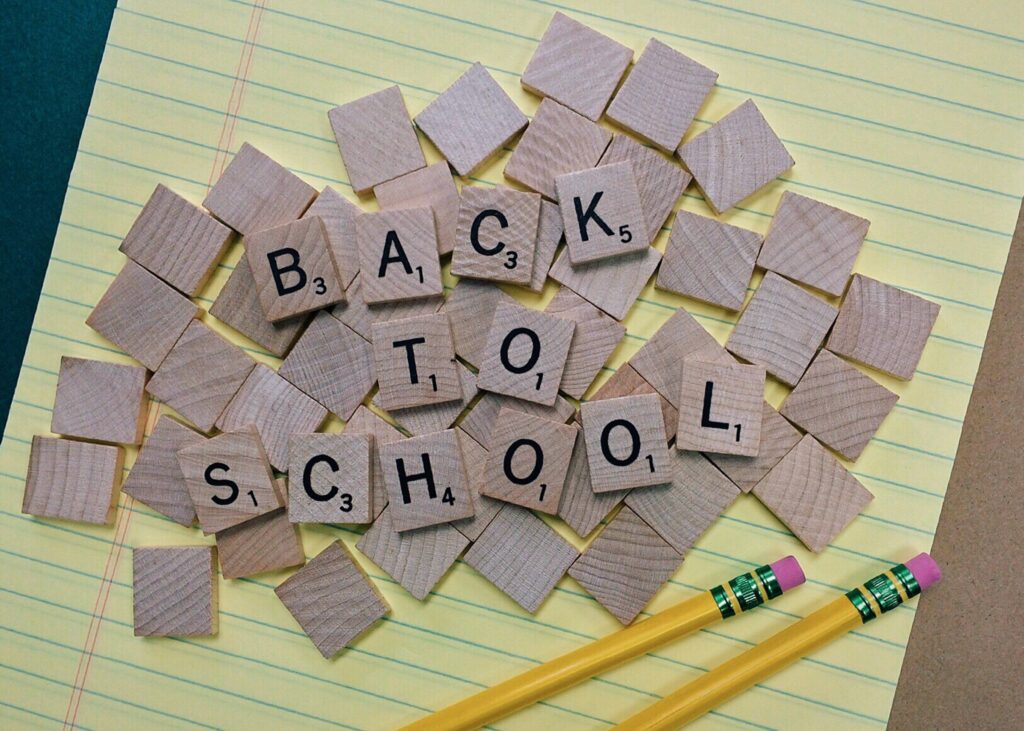6 Ways to Ease Back-to-School Challenges for Students with Special Needs

Heading back to school means new classrooms, new people, and new expectations. Students with special needs often feel especially uncertain and fearful about returning to the school environment and routine, making this time of year an especially challenging season of adaptation.
However, parents can help set up their children for success by supporting them at home and taking steps to build good relationships with the adults who work with them at school. By communicating, being flexible, and sharing information, parents and school staff can work together to improve the back-to-school experience for kids with special needs.
#1 Help children track new routines. Special needs children often need more preparation to be ready to take on the school year, and visuals to help them keep track of their daily and weekly schedules provide a boost. A wall calendar at home can be marked throughout the year with special events, extracurricular activities, half days of school, vacations, holidays, and, of course, assignment deadlines. Pasting a chart of the child’s daily school schedule inside a notebook or locker door can also be helpful. Color coding or using decorative stickers may make the process more effective and more fun.
#2 Team up with school staff. Establish a team relationship early on with your child’s teacher and any other adult who has contact with your child during the school day, including the lunchroom aide, the playground supervisor, and the bus driver. Encourage each of them to feel invested in your child’s success at school. By the same token, be ready to reinforce at home strategies that have been successful in the classroom.
#3 Brief teachers on your child’s strengths. With all the attention paid to special needs children’s difficulties, teachers may overlook your child’s strengths and interests. Many children with learning disabilities are skilled in areas such as art, music or acting. Others excel at mastering facts about subjects they like. Brainstorm with the teacher about ways to adapt assignments to include the child’s interests or to let the child’s special strengths shine in class.
#4 Clarify your child’s needs. Your son or daughter may have an individual education plan (IEP), typically a complex document. The teacher may benefit from having a quick one-page reference sheet from you summarizing your child’s needs and accommodations as identified in the IEP. Background materials explaining your child’s disabilities may be helpful as well. Keep it short since teachers’ schedules are extremely busy. An article from a credible website or a few photocopied and highlighted pages from a book could add to the teacher’s knowledge.
#5 Set up continuous communication. Email messages, meetings, or phone calls let you inform teachers about what may be happening at home with your child that affects him or her at school, such as changes in sleeping or eating patterns, anticipation of family events, or homework assignments that were problematic. Some schools also send notebooks home each day for parents with comments from teachers. This communication is also a way for the teachers to share with parents how things are going in the classroom.
#6 Seek opportunities for your child to work and play with other kids. Getting along with other children is an important element of success in school. Regularly discuss with school staff ways to bring your child together with others to help form friendships. These could include finding good partners for your child when the class works in small groups, identifying peer “buddies” as helpers, or suggesting extracurricular activities or clubs with students who share similar interests.
If you need additional assistance making school or other environments more manageable for children with special needs, please contact JSSA. We have offices in Montgomery County, MD and Fairfax County, VA.


